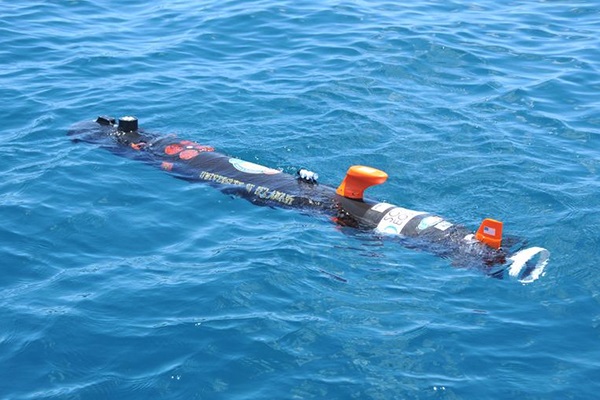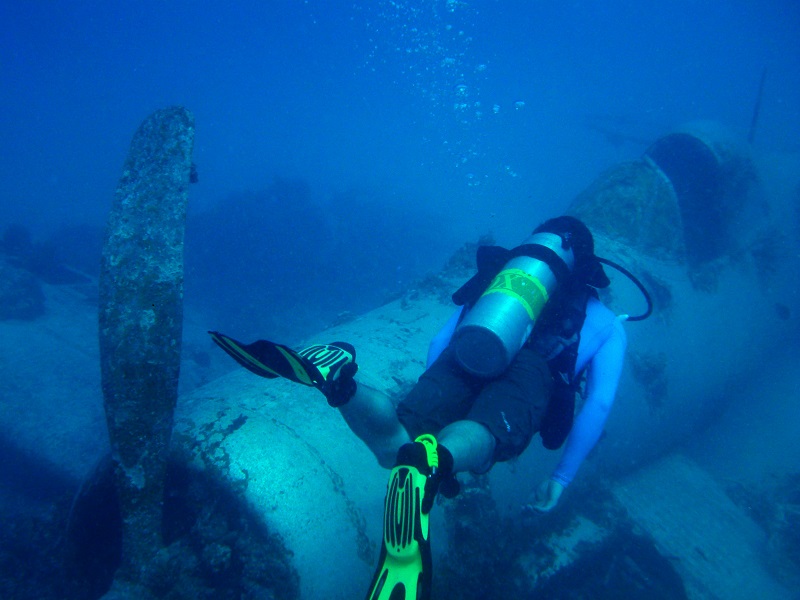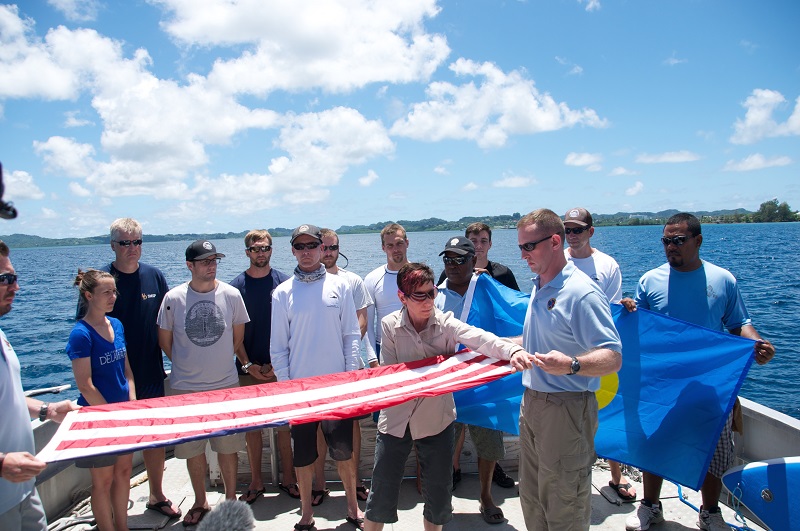Photos: Underwater Robots Help Recover WW II Plane Wrecks
"Project Recover" is using autonomous underwater robots to scour the ocean for the wrecks of long-lost World War II planes and missing U.S. soldiers. The team uses robots equipped with sonar to map the ocean floor, and then divers meticulously search sites that look promising. The team recovered two planes in March, off the island chain of Palau, but experts estimate there could be around 30 other aircraft wrecks in the area. Project Recover's next mission is scheduled for March 2015. [Read full story about the recovery efforts]
Robotic explorers
Project Recover uses torpedo-shaped autonomous robots that skim along the ocean floor. The robots send out sonar pulses to map the area. The team monitors the robots from the surface. Sound waves that bounce off metal return with different intensities than sound waves that bounce off coral reefs or ocean sediment. (Credit: University of Delaware)
Searching for ships
Once the team maps out a promising site, divers take a closer look at the area. In March, the team used hand-held sonar devices to help guide them to the first plane. (Credit: University of Delaware)
Underwater recovery
Eric Terrill, a researcher at the Scripps Institution of Oceanography, was the first diver to come across a World War II Avenger bomber. He said coming across the plane that had been frozen in place for 70 years was a humbling experience. (Credit: University of Delaware)
Get the world’s most fascinating discoveries delivered straight to your inbox.
Efficient searching
Previoiusly, the nonprofit group BentProp was painstakingly mapping the area around the Palau island chain by sending out divers on short trips. Now, after joing forces with Terrill and Mark Moline, from the University of Delaware, the group is deploying underwater robots that can quickly scan vast areas of the ocean floor. The group has identified four or five new spots that look promising, and they plan to explore the areas next year. (Credit: University of Delaware)
Repatriating
There are approximately 78,000 missing veterans from World War II. Project Recover submitted reports detailing the discovery of both planes to the U.S. Navy. Navy personnel will decide if the planes are recoverable and will notify the families if they are able to identify any of the veterans that may still be inside. (Credit: University of Delaware)
Follow Kelly Dickerson on Twitter. Follow us @livescience, Facebook & Google+.








